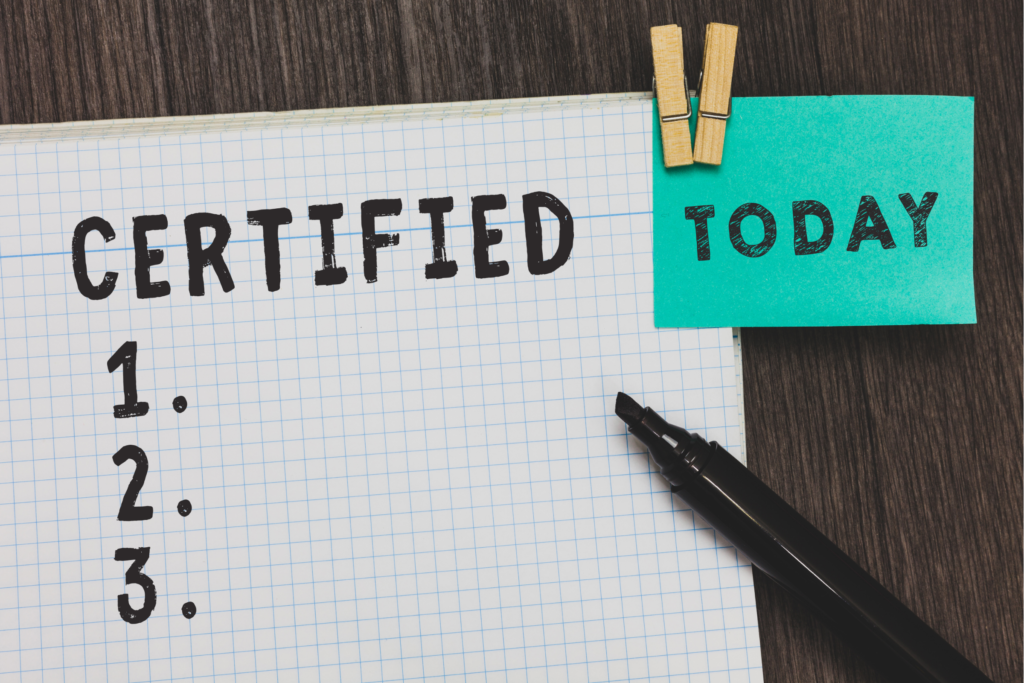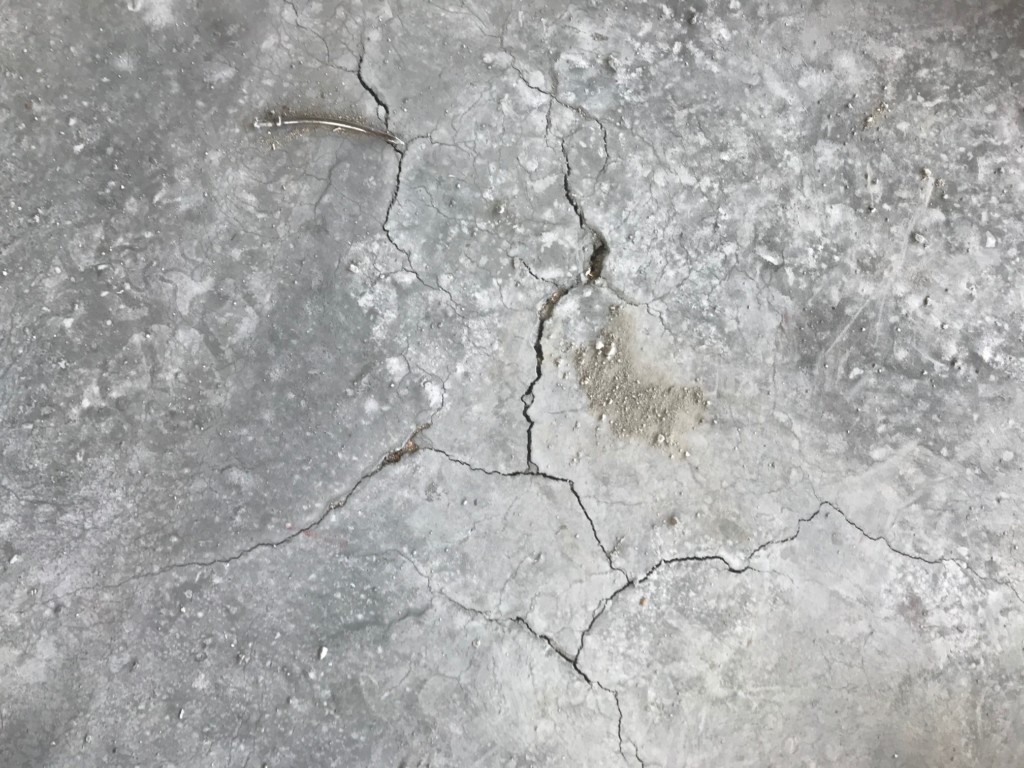
Too many times we have seen concrete cylinders rolling back and forth in the back of a pickup truck, which can be very costly to the developer. In fact, on average, improperly transported cylinders can break up to 15 percent lower than properly transported cylinders. This the percentage could be the determinant of a passing or failing compressive strength, which could lead to unnecessary and costly non-destructive testing. To combat this problem, the following should be followed when transporting concrete specimens back to the laboratory:
- Cylinders should be transported back to the laboratory within 48 hours of casting.
- Test specimens should not be moved within 8 hours of the initial set time.
- Cylinders should be secured and placed upright during transportation
- Cylinders should be protected to prevent moisture loss during transportation.
- Transportation from the jobsite to the laboratory should be no more than 4 hours
Some other things to remember is that before picking of the test specimens, the cylinders should have been stored in ambient temperatures of 60 to 80 degrees fahrenheit. This can easily be maintained by placing the test specimens in the project trailer, which is typically temperature controlled. If this is not possible, then placing cylinders in a insulated cooler along with a temperature monitor inside the cooler can typically be a good option. Also, there are cylinder storage boxes that you can buy that have automatic heaters with a thermostat built into the store box that also work well.
References:
- ASTM C31 – Standard Practice for Making and Curing Concrete Test Specimens in the Field








